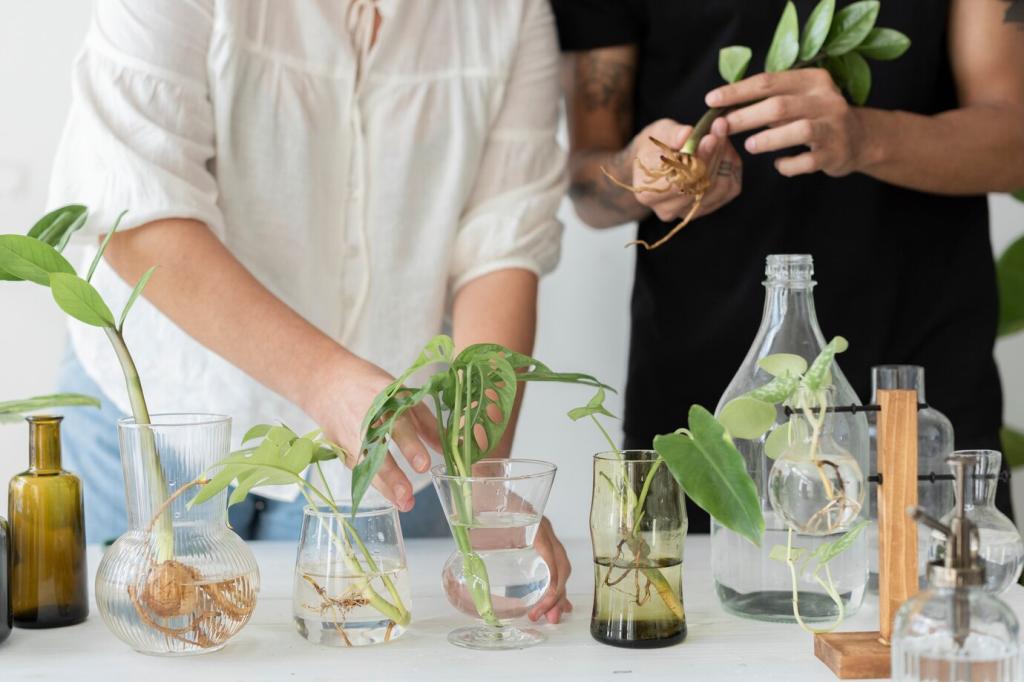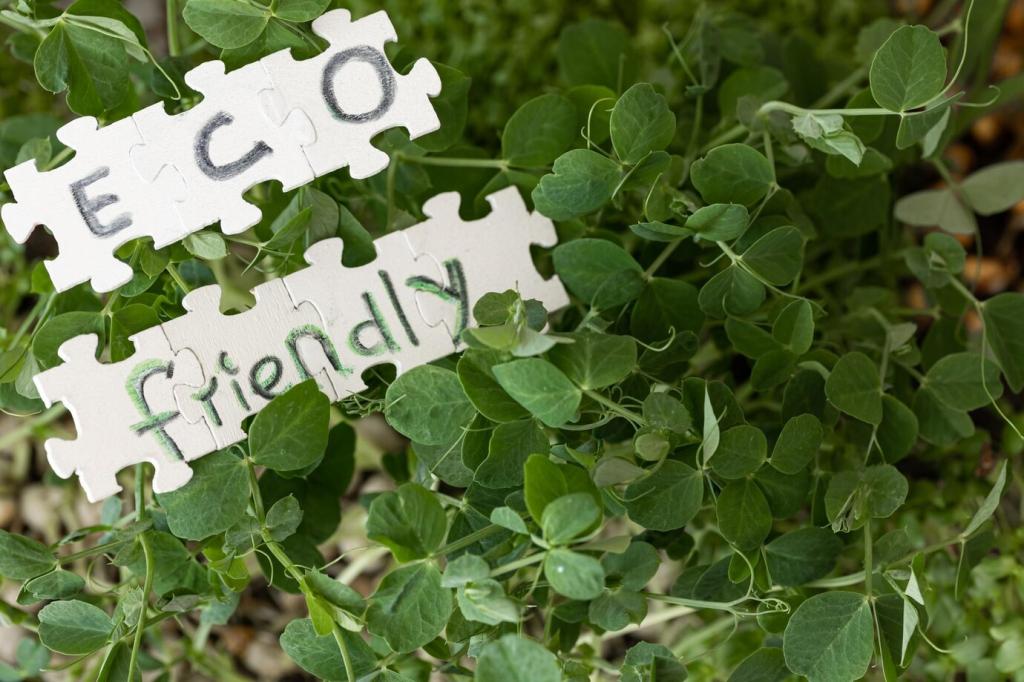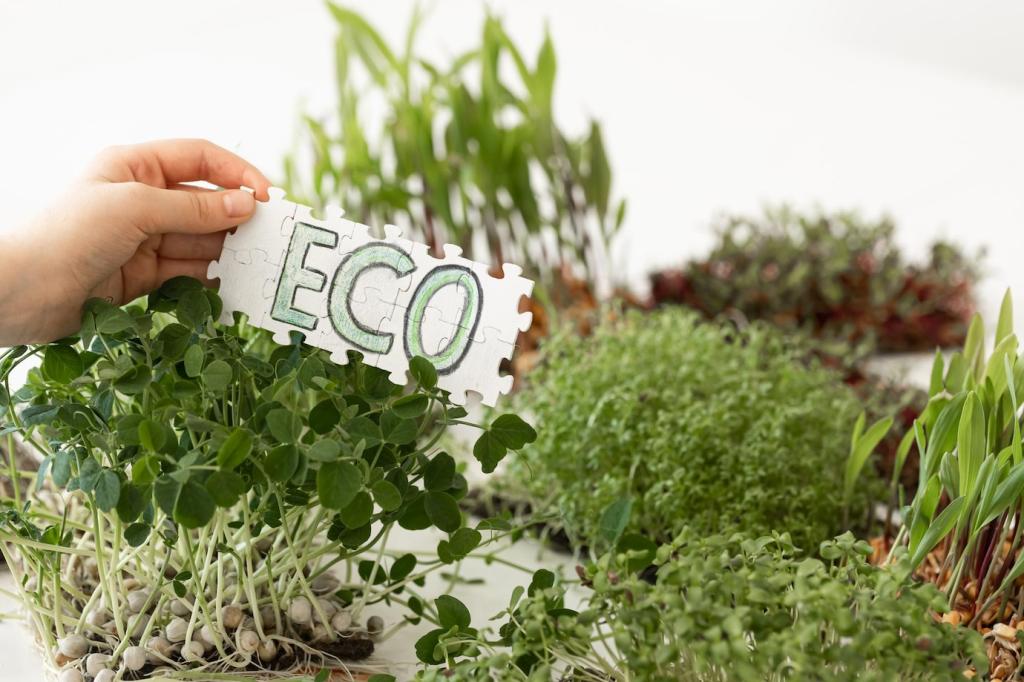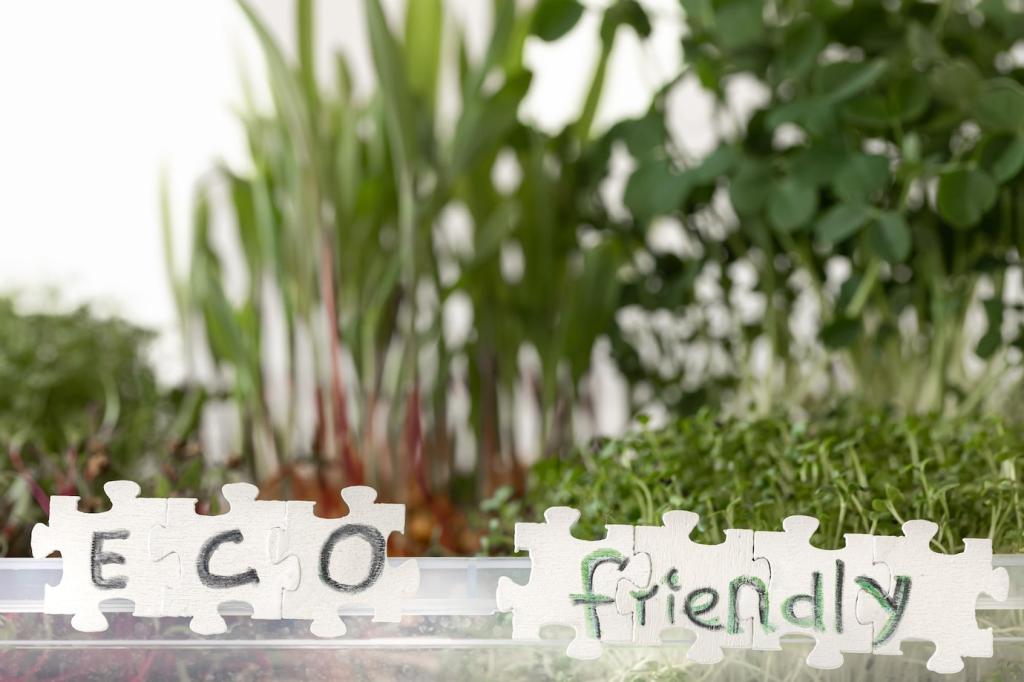
Renewing Antique Fabrics with Eco-Friendly Methods
Today’s chosen theme: Renewing Antique Fabrics with Eco-Friendly Methods. Discover gentle, planet-conscious techniques to clean, revive, and preserve treasured textiles, honoring their stories while extending their lives with care, creativity, and sustainable craft.
Know Your Textile Heritage
Identify fibers using safe, non-destructive methods like magnification and feel, noting luster, staple, and crimp. Cotton and linen prefer neutral washes, wool demands cooler care, and silk is sensitive to alkalinity. Share your observations, photos, and questions with our community.
Gentle Cleaning, Big Results
Prewash Ritual: Test, Support, Protect
Perform a dye-fastness test with a damp white cloth and distilled water. If color transfers, limit immersion and consider localized methods. Use a mesh screen to support fragile textiles during micro-vacuuming, reducing stress while removing embedded dust safely.
Spot Treatment from the Pantry
For protein stains, try a cool distilled-water compress followed by a tiny amount of pH-neutral soap. For tannin discoloration, consider a gentle oxygen-based solution, tested first. Avoid chlorine bleach. Rinse thoroughly to remove residues that can attract future grime.
Drying and Blocking Mindfully
Roll the textile in clean towels to press out water, then dry flat on a mesh rack away from direct sun. Block to shape with stainless pins. A quiet fan encourages airflow without heat. Tell us your drying tricks that save both fibers and energy.
Color Revival with Natural Dyes
01
Choose plant dyes aligned with period aesthetics: madder for reds, walnut hulls for browns, pomegranate for warm golds, and tea for gentle toning. Always sample on similar scrap or hidden seams, aiming to enhance rather than overwrite the textile’s narrative.
02
Use alum and tannin systems sparingly, and try soy milk pre-treatment for cellulose fibers to improve dye uptake without harsh chemicals. Avoid chrome and tin. Document ratios and timing so others can replicate your eco-friendly method and learn from your experiments.
03
Submerge test swatches in glass jars with dye liquor and place in indirect sun for slow, even uptake. Solar heat saves energy and preserves fiber strength. Expect nuanced, living color. Share your jars-in-the-window photos and any delightful surprises you discover.
Sustainable Mending and Reinforcement
Sashiko and Boro-Inspired Repairs
Layer compatible, prewashed natural-fiber patches and secure them with sashiko running stitches for breathable reinforcement. Let the repair celebrate use, not hide it. Beeswax your thread for smooth passes and longevity. Post your visible mends to inspire others to mend boldly.


Acid-Free, Pest-Safe Habitats
Store flat with unbuffered acid-free tissue for silk and wool, buffered tissue for cotton and linen. Use clean, inert boxes and practice integrated pest management: traps, regular inspections, and meticulous cleanliness. Avoid mothballs. When needed, freeze infestations using careful, controlled cycles.

Light, Temperature, and Humidity
Display under low light, ideally below 50 lux, with UV filtration. Maintain stable conditions near 18–21°C and about 50% relative humidity. Fluctuations stress fibers. Rotate displays to limit exposure and make space for more stories from your textile archive.

Documentation and Storykeeping
Record fiber content, interventions, dates, and sources on acid-free tags and in a digital log. Add family lore, purchase notes, and photos. Invite relatives to share memories. Comment with your documentation templates so others can preserve context alongside cloth.



